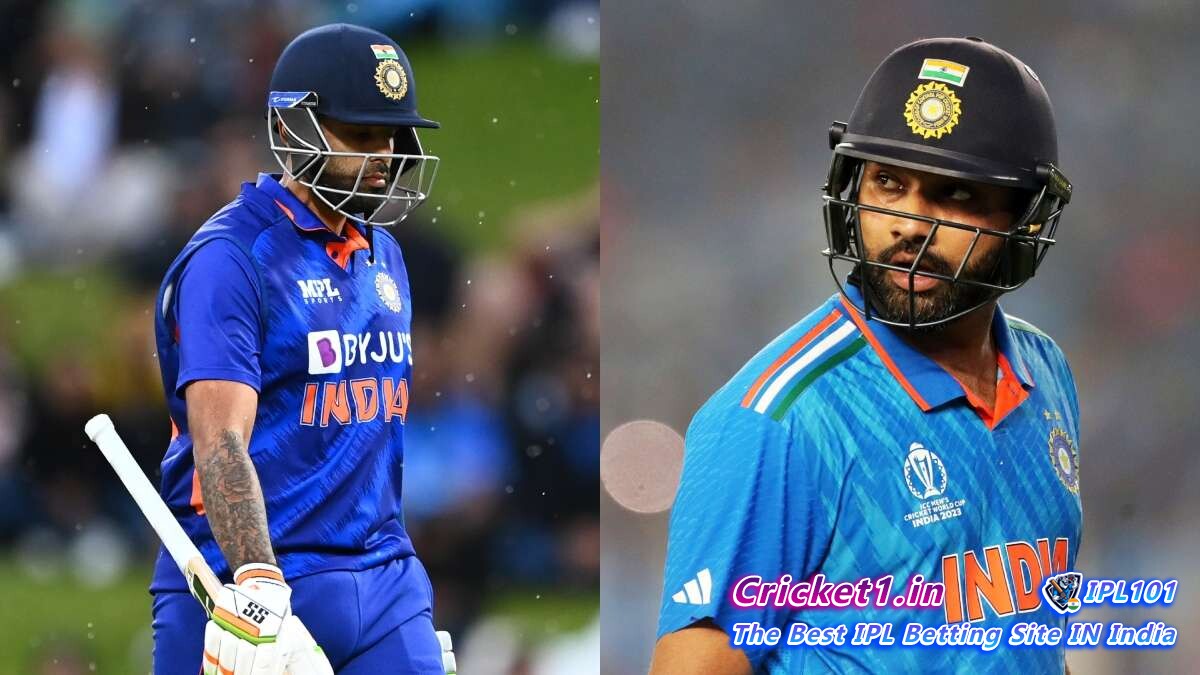
As Team India gears up for an extensive cricket tour to face the challenges on South African pitches, a strategy involving the rotation of the leadership role has sparked debate among cricket enthusiasts and professionals alike. The Board of Control for Cricket in India (BCCI) has disclosed the formation of three separate squads each led by a different captain, for the series commencing December 10. This unconventional move comes in the wake of India’s successful T20I series against Australia, with the team now setting its sights on replicating their performance on South African soil.
The usual captain, Rohit Sharma, decided to step away from the white-ball leg of the upcoming series, paving the way for the BCCI’s decision to implement distinct captaincy roles. Suryakumar Yadav is entrusted with the T20Is leadership, KL Rahul with the One Day Internationals (ODIs), and Rohit Sharma retaining the captain’s armband for the Test matches. The rest afforded to key players like Rohit and Virat Kohli, who are sitting out the white-ball segment of the tour, has been officially confirmed by the Indian Board while announcing the touring contingents.
Irfan Pathan, a former Indian all-rounder, raises his voice in the discourse surrounding the captaincy division – a discourse which has been simmering for quite some time. Speaking to Star Sports, Pathan conveyed his skepticism about the split captaincy being a positive indicator for the future. Citing the necessity of workload management, which has led to the present scenario featuring expansive squads and rotating captains, he admits the clear implication of Rohit Sharma’s need for respite from white-ball competition. Yet, he continues to underline his reservations, “You are seeing him as the captain for Test cricket. However, you might see these things going forward. You might even see different coaches for different formats. I believe it’s better if it doesn’t happen in our culture.”
The proposal of this modus operandi, having separate captains for each format, along with the potential for different coaches to be at the helm, is viewed with discomfort by Pathan, who seems to prefer the traditional model of consistent leadership within Indian cricket.
The recent success under Surya’s captaincy against Australia in T20Is offers a glimpse of what the dynamic batter can deliver when leading the side. The 4-1 series win against Australia provided the Men in Blue with a positive start to their T20 World Cup preparations in the absence of Hardik Pandya and other seasoned cricketers. Pandya himself had taken on the responsibility of captaining the Indian T20I side whenever Rohit was not present, particularly noted for his roles since the T20 World Cup in 2022.
As the Indian cricket juggernaut rolls on to the African continent, the experiment with leadership and team composition will undoubtedly be scrutinized. Whether it yields dividends or dilemmas on and off the pitch, this bold approach has the potential to shape the future of how India manages the game’s increasing demands and its cricketers’ well-being. It’s a narrative that will capture the attention of cricket aficionados across nations, keen to witness the outcome of such a strategic gamble by one of cricket’s most prominent nations.

